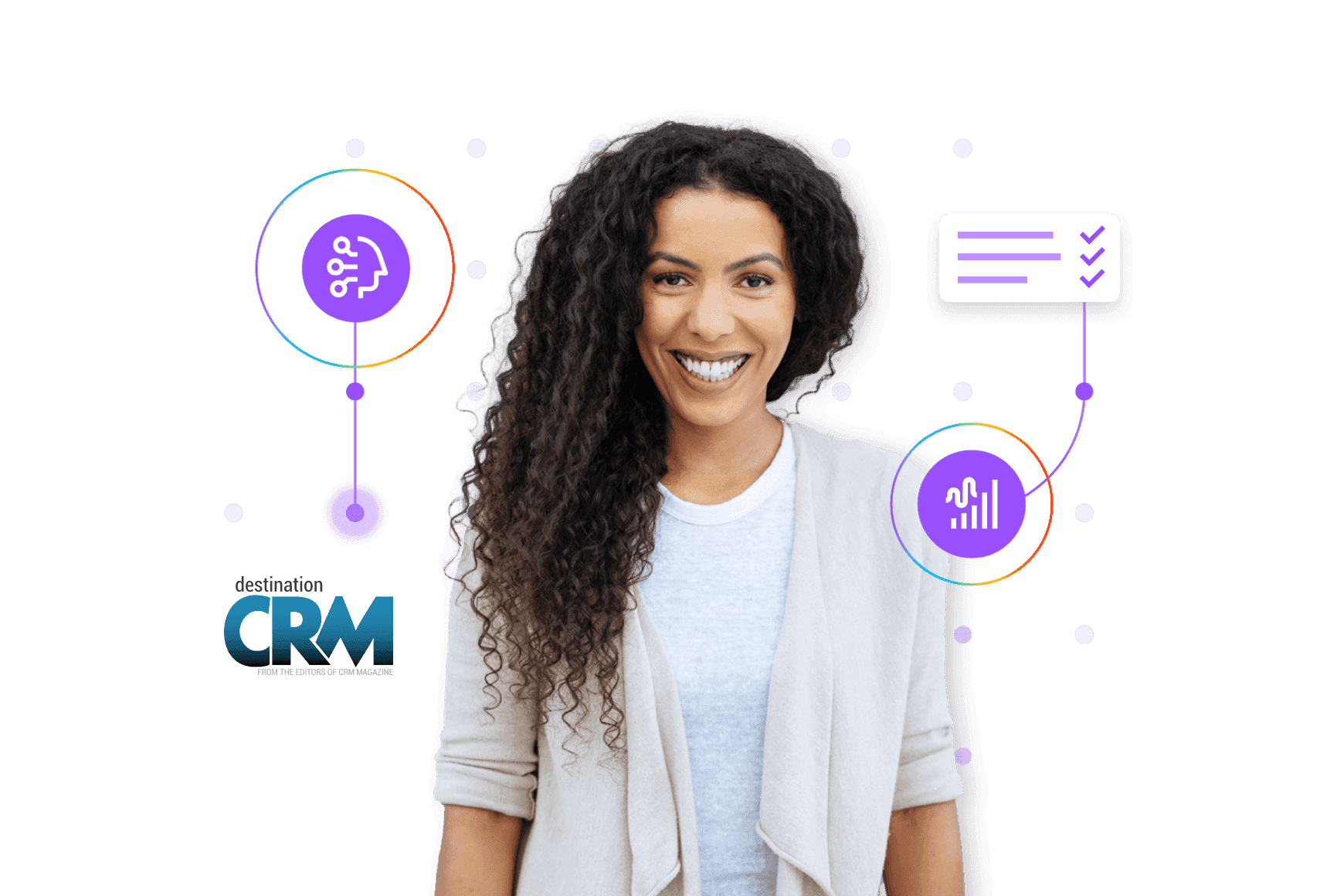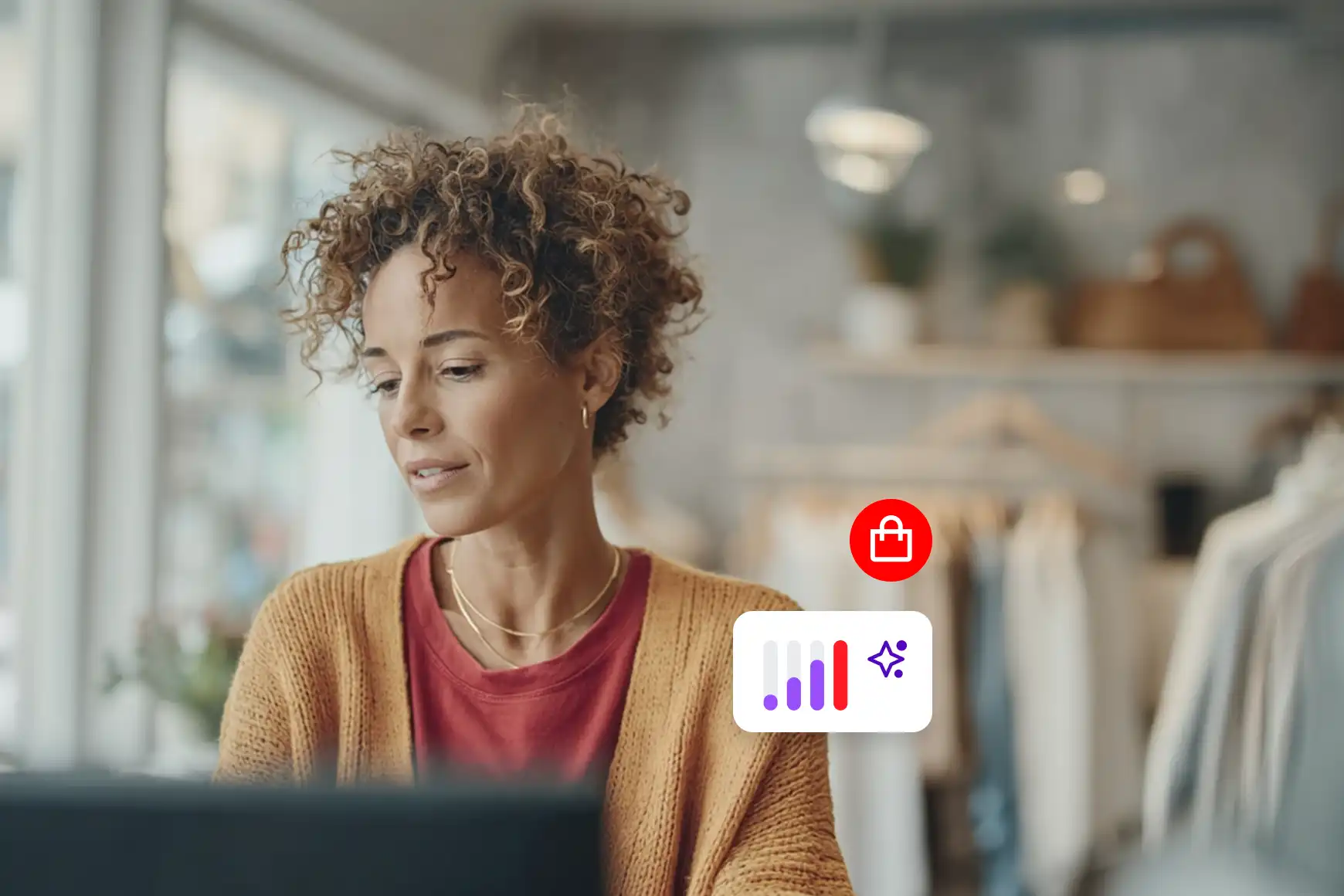Unlocking customer insights: The power of speech analytics in contact centers

By Celia Cerdeira
0 min read

Imagine if you could know what your customers are really thinking. Do they like all the services you provide? When do they want to be contacted? What are their top priorities? While that information might seem like a mystery to some brands, it’s vital if you are going to stand out and drive repeat business in today’s hypercompetitive digital marketplaces—whether in retail, financial services, or any other industry. In fact, the overwhelming majority (73%) of customers surveyed in the Salesforce 2023 State of the Connected Customer Report say they expect businesses to understand their unique needs and expectations.
Unfortunately, we can’t hire clairvoyants to lead our customer experience teams; however, artificial intelligence (AI) powered speech analytics can help you turn ordinary customer conversations into information goldmines. Voice conversations are rich datasets that not only uncover individual preferences, but can help identify large trends across your entire customer base. Because this data is not structured in binary code it requires natural language processing (NLP) and other machine learning techniques to be able to normalize, aggregate, and analyze the information.
With the recent introduction of ChatGPT and the GPT-4 large language model, this technology has taken a significant leap forward. These models can understand subtle nuances in human speech and no longer require expensive data scientists to train and keep up to date. As these breakthroughs become more ingrained in the contact center, we expect brands will become much closer to their customers, deliver hyper personalized services, and proactively engage according to customer wants. Organizations that don’t take advantage of this important data source will find themselves quickly falling behind the competition.
What are the benefits of speech analytics for your contact center?
Speech and other types of interaction analytics enhance customer contact centers by providing valuable insights and actionable data from customer interactions.
- Improving customer service. Speech analytics technology can analyze call recordings and identify keywords, phrases, and sentiment to understand customer satisfaction levels and pain points. This helps contact center agents tailor their responses and improve overall customer service.
- Quality assurance. Interaction analytics can automatically evaluate agent and customer interactions. Supervisors can use this data to assess agent performance, identify areas for improvement, and provide targeted coaching. Monitor and analyze agent-customer interactions in real-time and can work in conjunction with quality assurance tools like quality management to provide personalized training for your agents.
- Compliance and risk management. Interaction analytics can monitor calls to ensure compliance with industry regulations and company policies. It helps identify potential risks and provides a way to address them promptly, reducing the chances of legal or compliance issues.
- Customer insights. Speech and interaction analytics can uncover valuable customer insights, such as emerging trends, preferences, and common customer pain points. This information can be used to refine marketing strategies and improve product or service offerings.
- Call routing and personalization. By analyzing customer interactions in real-time, contact centers can use speech analytics to route calls to the most appropriate agent based on the caller’s needs and preferences, leading to more personalized customer experiences.
- Sentiment analysis. By analyzing speech patterns and tone, interaction analytics can gauge customer sentiment during calls. This helps identify dissatisfied customers or potential churn risks, allowing contact center agents to take proactive measures to resolve issues.
- Efficiency and productivity. Interaction analytics can identify common customer inquiries and complaints, helping contact centers streamline processes and develop standardized responses. This leads to improved agent efficiency, reduced call handling time, and successful contact center agents.
- Increase resolution rate. Increase the resolution rate of first calls and reduce overall call volume, lowering the number of agents that need to be scheduled at any one time.
- Competitive advantage. Leveraging speech analytics allows contact centers to gain a competitive edge by providing superior customer experiences, optimizing operations, and making data-driven decisions.
By leveraging this technology, contact centers can enhance customer satisfaction, optimize agent performance, and drive business growth.
Get real-time insights you can actually use. Download your free copy of our whitepaper: Best practices: Speech Analytics in the contact center today!
How does real-time speech analytics software work?
We’ve covered how real-time sentiment analytics can revolutionize your customer care approach, but how does it work?
There are three steps to the process:
1. Process the conversation.
Real-time speech analytics uses data processing to analyze conversations as they happen. As customers and agents speak, their words are instantly transcribed and processed by machine learning (ML) software. This software quickly identifies keywords, detects emotions, and even evaluates customer satisfaction levels.
2. Analyze the data.
Real-time speech analytics use AI to understand and interpret spoken conversations at the moment. As your customers and agents talk, the software listens and analyzes the content, tone, and context of their speech. It quickly identifies important information, such as customer needs, sentiment, or potential issues.
3. Generate insights.
Real-time speech analytics generate real-time insights by analyzing spoken conversations as they happen. The software listens to the words spoken by customers and agents and then applies powerful algorithms to extract valuable information. It identifies patterns, detects trends, and recognizes key phrases or emotions.
Because this process takes place in real time, agents and their supervisors can take advantage of it right away rather than waiting until sometime after the customer interaction is over—or until they’ve had a chance to write and review their own notes. This enables them to take immediate action, make on-the-spot decisions, and make customer calls more effective and efficient.
Talkdesk is your AI-powered speech analytics solution.
Talkdesk Interaction Analytics™ features AI-powered speech and text technology that captures and analyzes every customer interaction across all contact channels. You can find key conversational moments, customer intents, and most importantly, customer sentiments to create a faster and more efficient customer experience.
Features like sentiment analysis, keyword sensors, and intent detection give you the tools your team needs to succeed. And intuitive dashboards allow you to track trends over time.
Key Talkdesk Interaction Analytics benefits include:
- Discover the root cause of customer issues. Our product visually displays clear pain points, such as wait times, so you can address them quickly and create the best customer journey.
- AI insights of voice and text interactions with customers provide high-quality agent coaching and allow you to find performance issues faster.
- Automatic alerts mean your team can take action immediately.
- Uncover opportunities to lower the cost of service while maintaining a high-quality customer experience.
Learn more about how Talkdesk Interaction Analytics tool can improve your contact center.

WHITEPAPER
Best practices: Speech analytics in the contact center
Learn the steps you need to take to implement speech analytics in your contact center.
FAQs.
What is speech analytics?
Speech analytics is a technology that uses advanced natural language processing (NLP) to analyze spoken words in recorded phone conversations. Its primary goal is to obtain valuable information from spoken interactions and gain insights into customer behavior, agent performance, and overall contact center effectiveness.
This technology can make contact centers run more effectively and efficiently with data over time. It helps identify customer sentiments, detect customer satisfaction, and pinpoint specific topics or issues commonly raised by customers.
What is the difference between speech analytics and voice analytics?
Speech analytics and voice analytics are related technologies used to analyze and extract insights from audio data, particularly in contact center and customer service environments. Speech analytics involves the analysis of spoken words and language within recorded audio interactions, such as phone calls or customer agent conversations. The primary goal of speech analytics is to extract valuable information from spoken conversations to gain insights into customer behavior, agent performance, and overall contact center effectiveness.
Voice analytics, on the other hand, is a broader concept that includes the analysis of various vocal elements and attributes in audio data, not just spoken language. In addition to speech content, voice analytics also examines other vocal characteristics like pitch, tone, and volume.
How is Natural Language Processing (NLP) used in speech recognition?
Speech analytics systems use NLP to extract insights from recorded conversations or customer interactions. They can analyze text to detect patterns, identify customer sentiment, and understand customer preferences.
The system running speech analytics converts your spoken words into written text. NLP takes this written text and analyzes it to understand its meaning and extract valuable information.
This information can help improve services, identify issues, and provide better proactive support to customers, all without the need for cumbersome manual customer feedback forms.







